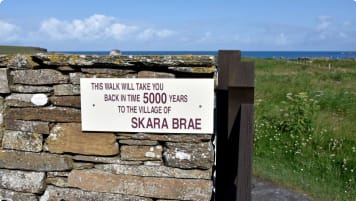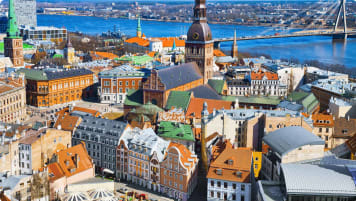Highlights of Latvia | Rundale Palace
80 km south of Riga, the Latvian capital, one will find Rundale Palace, a magnificent Baroque and Rococo-style mansion used as the summer residence for the Dukes of Courland. Often referred to as the 'Versailles of Latvia', the dazzling complex features wonderful formal gardens and the grand residence is a sumptuous monument to aristocratic opulence. The gardens and around 40 of the palace's 138 rooms are open to visitors and feature glimpses into the everyday life of 18th-century aristocrats.
20 Jan 20 · 4 mins read

Highlights of Latvia | Rundale Palace
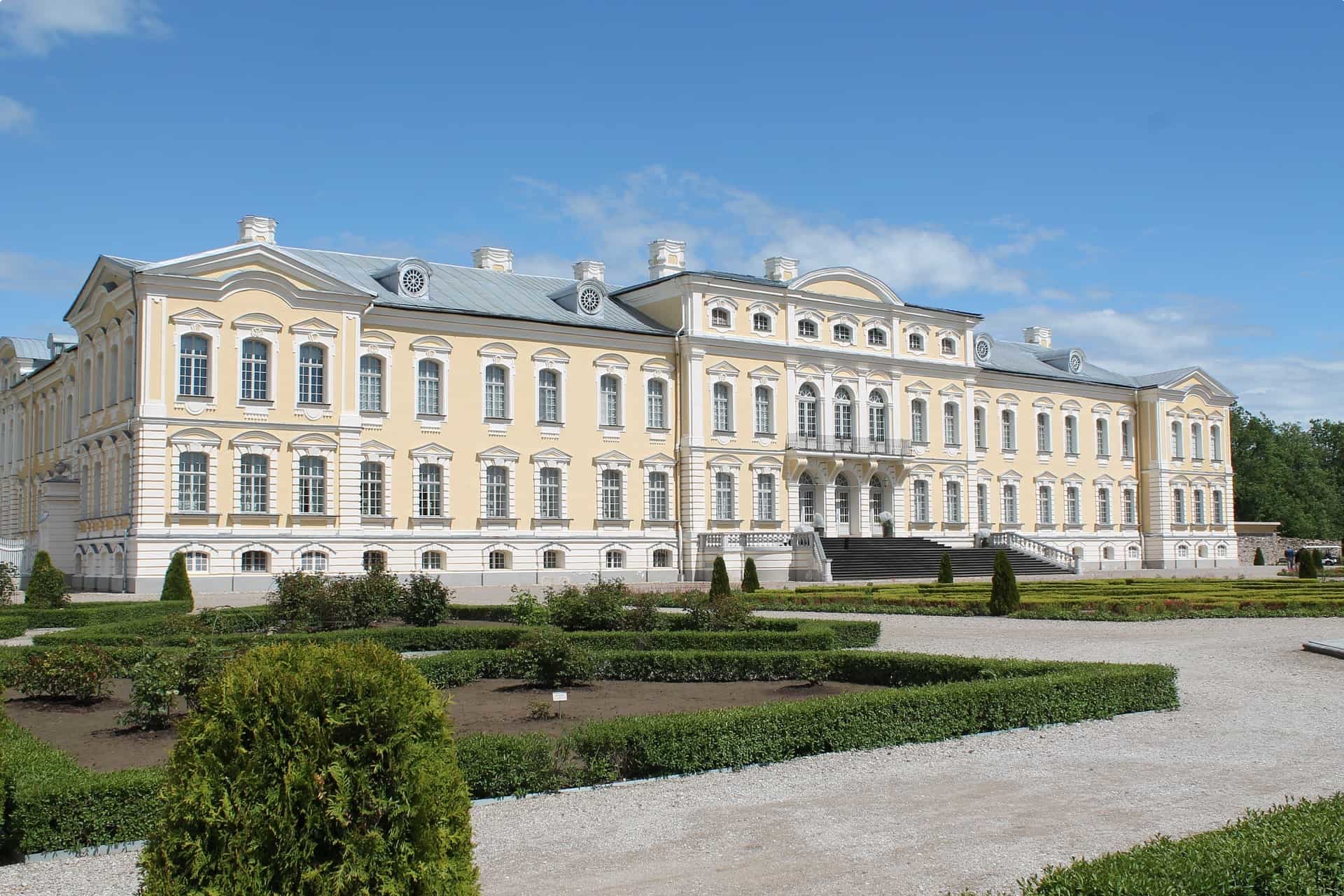
80 km south of Riga, the Latvian capital, one will find Rundale Palace, a magnificent Baroque and Rococo-style mansion used as the summer residence for the Dukes of Courland. Often referred to as the ‘Versailles of Latvia‘, the dazzling complex features wonderful formal gardens and the grand residence is a sumptuous monument to aristocratic opulence. The gardens and around 40 of the palace’s 138 rooms are open to visitors and feature glimpses into the everyday life of 18th-century aristocrats.
History of the Rundale Palace
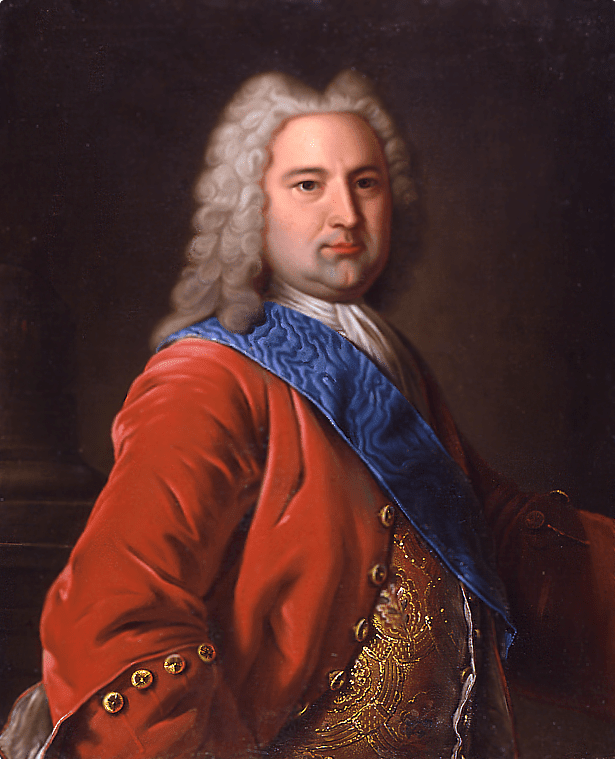
On the site where Rundale Palace now stands, there stood a medieval castle. In 1735 Duke of Courland Ernst Johann von Biron bought the land where the castle stood and planned to build a grand summer residence. Born in 1690, Biron was not of noble blood but he became a court favourite of the Russian princess Anna Ioannaovna. Biron married one of Regent Anna’s ladies-in-waiting, Benigna Gottlieb von Trotha gt Treyden, but only to disguise the fact that he and the princess were having an affair. By the time Anna was elevated to the Russian throne in 1730, becoming Empress Anna, Biron and his wife were very much benefiting from their position in the Empress’ inner circle. It is said at Anna’s coronation Biron was appointed grand chamberlain, made a count of the Empire, granted an estate in what is now Latvia and had an income of 50,000 crowns a year. After Biron bought the land, he had the old castle demolished and commissioned Italian architect Bartolomeo Rastrelli to design the new residence. Rastrelli also designed the Winter Palace and Peterhof Palace in St Petersburg.
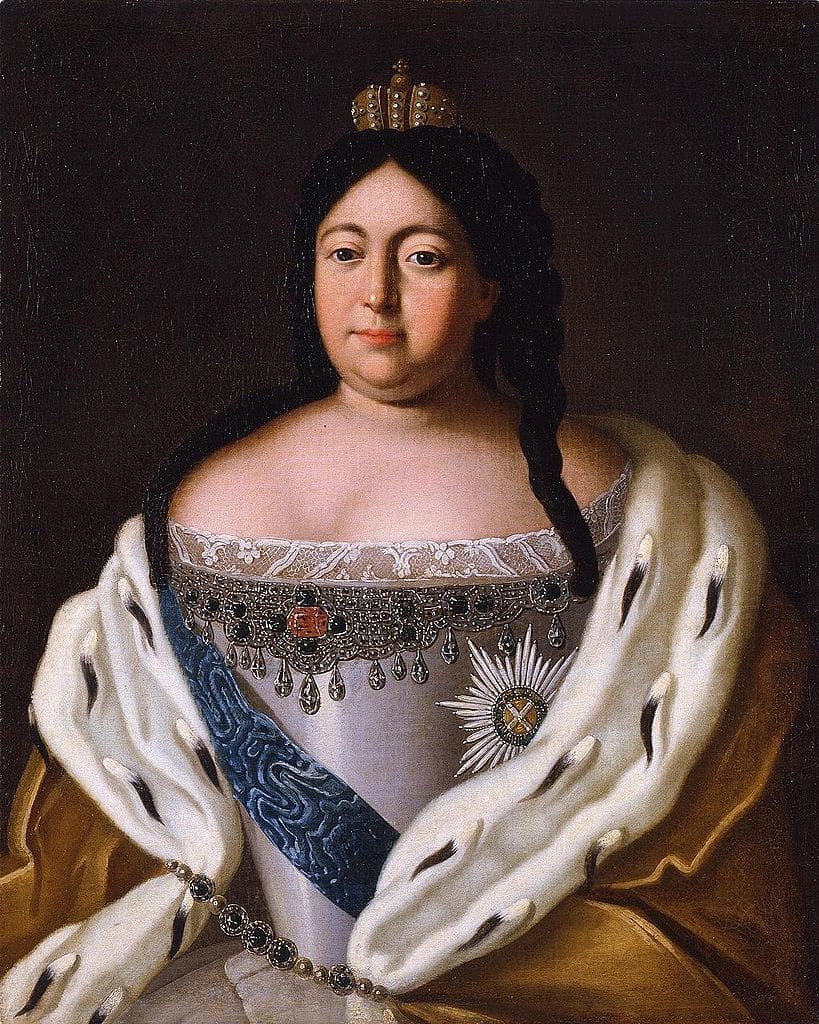
In 1737, Empress Anna proposed that Biron be elected as Duke of Courland. He was an unpopular choice but there was no reasoning with the Empress and he was invested with the duchy of Courland. The investiture took place at Warsaw in 1739.
Anna died the following year, at age 47, and on her deathbed she appointed Biron the Regent of Russia. His regency, however, did not last long and on the 17 November, 1740, three weeks after Anna’s death, he was seized in his bedroom and arrested by his rivals. They sentenced him to death by quartering but his sentence was commuted to banishment for life in Siberia. His property, including diamonds he owned worth over 600,000 euros, was confiscated.
Rundale Palace was unfinished as construction had proceeded slowly and after Biron was sent into exile, the property sat empty for 22 years. Then, in 1762, Empress Catherine II of Russia re-established him in his duchy of Courland and construction of Rundale Palace started up once more. Supervised by Rastrelli, the residence was finished in 1768 and Biron moved there that year, spending summers there until his death in 1772. After his death, the palace was inherited by his devoted wife Duchess Benigna Gottlieb who added the orchards around the palace.
In 1795, the Duchy of Courland and Semigallia was absorbed by the Russian Empire. Catherine the Great presented the palace to Count Valerian Zubov, the youngest brother of her lover, Prince Platon Zubov. When Count Zubov died, Prince Platon Zubov inherited the manor and he lived out his final years at the palace, dying in 1822. His young widow, Thekla Walentinowicz, then married Count Shuvalov and the palace passed into the control of the Shuvalov family. The Shuvalovs rarely stayed in the palace but it remained in the family until the German occupation in World War I when the German army established a hospital and a commandant’s office there.
During the Latvian War of Independence in 1919, the palace suffered serious damage and parts of the building were burned. In 1920, the palace became the property of the Ministry of Agriculture and in 1933 Rundāle Palace was taken over by the Ministry of Education and was officially reconstructed for use as a school. A school was located within the palace until 1978.
In 1972, the Rundale Palace Museum was founded and the director of the museum, Imants Lancmanis, dedicated himself to restoring the palace. Extensive research and restoration work was completely funded by the state until 1992. In 2015, it was announced the restorations at the palace were complete.

Visiting Rundale Palace
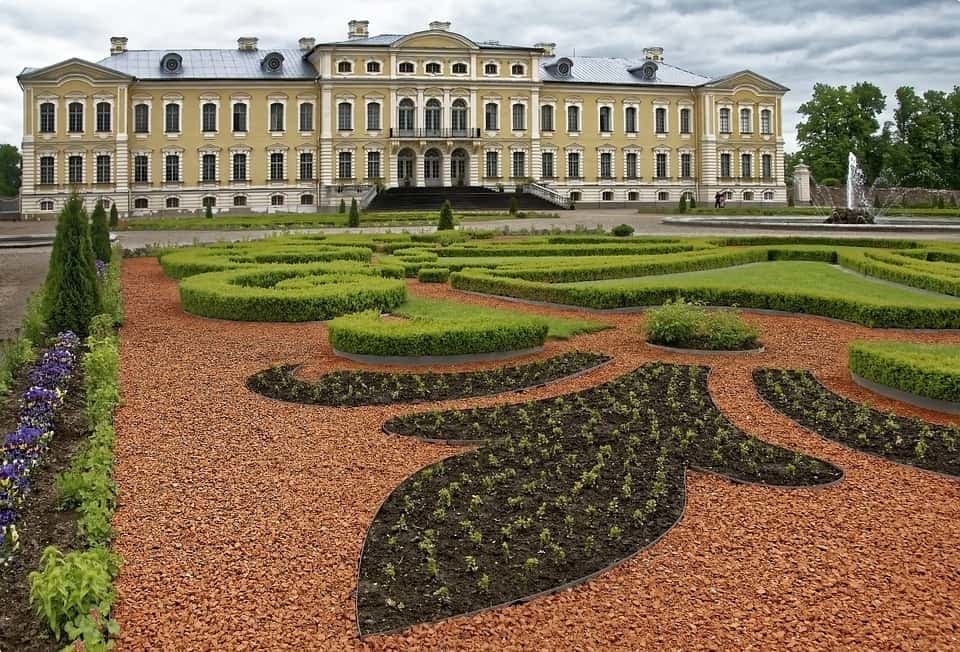
Today, Rundale Palace is a major tourist attraction in Latvia. The palace is divided into two halves: the East Wing was devoted for formal occasions, banquets and balls whereas the West Wing was the private royal residence. In the eastern wing of the palace, visitors can see the Gilt Hall, the White Hall and the Great Gallery. In the West Wing, one can tour the Duke’s suite and a fully restored suite of the Duchess’ rooms.
The parks are open for the public and an artificial canal runs around the palace complex, encircling the network of pergolas, flower beds and hedges. Outside, the palace and park are surrounded by verdant apple orchards. The complex also includes a restaurant, multiple cafes, a wine cellar and souvenir shops. You are also welcome to pack a picnic and enjoy your own lunch on the palace grounds.
The closest town to the beautiful Rundale Palace is Bauska, approximately a 15-minute drive away.
If you are interested in visiting this lavish and dazzling palace, and taking a peek into what life might have been like as a court favourite of the Empress of Russia, then you might want to take a look at our Baltics tour. The Baltics tour visits Germany, Poland, Lithuania, Latvia, Estonia, Finland and finishes up in Russia, including a guided tour of Rundale Palace.

Articles about Latvia published by Odyssey Traveller:
- Questions about Latvia.
- History of the Baltic States.
- Guide to the Baltic States.
- Highlights of Latvia: Turaida Castle
- Highlights of Latvia: Riga Cathedral
- Highlights of Latvia: Trakai Island Castle
- Highlights of Latvia: Hill of Crosses
For all the articles Odyssey Traveller has published for mature aged and senior travellers, click through on this link.
External articles to assist you on your visit to Latvia:
Related Tours
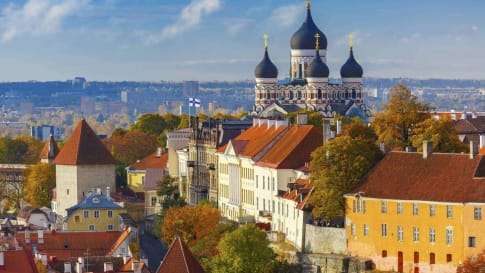
21 days
May, Oct, AprBaltics: Latvia, Estonia, Lithuania, Helsinki, Stockholm and Copenhagen
Visiting Denmark, Estonia
An escorted small group tour to the Baltic States of Europe that explores the key destinations of this region starting in Warsaw, then making its way through Poland, Estonia, Latvia, Lithuania, Finland, Stockholm and concluding in Copenhagen. Each day has scheduled itineraries supported by local guides who share knowledge and authentic experiences of the places visited. This is small group travelling to the Baltics for like minded people.
From A$16,975 AUD
View Tour
days
Sep, MayBaltics Small Group Escorted Tour: Latvia, Estonia, Lithuania
Visiting Estonia, Finland
An escorted small group tour to the Baltic States of Europe that explores the key destinations of this region starting in Berlin, then making its way through Poland, Estonia, Latvia, Lithuania, Finland and concluding in St. Petersburg. Each day has scheduled itineraries supported by local guides who share knowledge and authentic experiences of the places visited. This is small group travelling to the Baltics for like minded people.
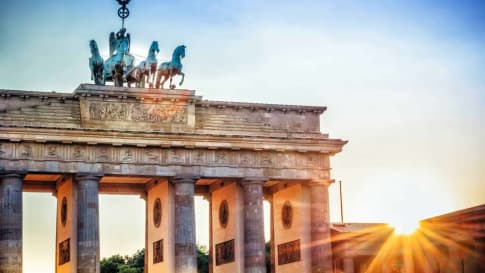
days
JunBerlin and Oberammergau 2020
Visiting Germany
This small group tour travels south from Berlin to attend the once in a lifetime performance of Oberammergau. The Passion Play is performed just once per decade, and attracts people from all around the world. Our starting point in Berlin is a city rich in history, at every turn are traces of a past plagued by conflict, and stories of powerful resistance. The Berlin Wall stood in place from 1961 to 1989, separating East from West. But after its collapse, the city transformed, and an influx of creativity and vibrancy is palpable wherever you go.
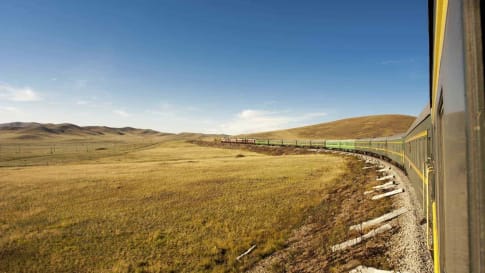
days
JulJourney through Mongolia and Russia small group tour
Visiting Mongolia, Russia
This escorted small group tour traverses this expanse, from Ulaanbaatar to St Petersburg; from the Mongolian Steppes to Siberian taiga and tundra; over the Ural Mountains that divide Asia and Europe to the waterways of Golden Ring. Our program for couples and solo travellers uses two of the great rail journeys of the world; the Trans Mongolian Express and the Trans Siberian Express.
From A$17,850 AUD
View Tour
